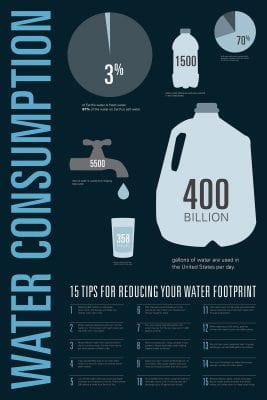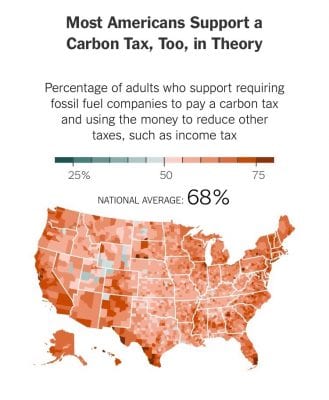Global long term sustainability represents one of the most complex and difficult challenges that will need be solved by the human race in the decades to come. The steps that will need to be undertaken, will alter the current environmental, political, economical, and societal norms everywhere. For this reason, it requires broad and willing participation in reducing our carbon footprint, limiting the release of greenhouse gasses, and transitioning away from fossil fuels and natural gasses. The latter of these three options will prove the be the most difficult task in my opinion. While countries have taken dramatic steps towards reducing their carbon footprint, removing the dependence on fossil fuels and natural gasses will face much opposition due to it’s deeply ingrained status within societies. To prove this point, Europe has spent just under 80 billion dollars this year importing over 50 million tonnes of fossil fuels and natural gas. This number is very significant; as it accounts for 37% of the European Union budget.
Looking at this issue of removing dependence on fossil fuels another way, Saudi Arabia relies extremely heavily on their ability to export and sell oil on the international market. Accounting for 42% of their GDP, oil and natural gas profits and hungry markets all over the world have been at the heart of many political decisions and actions undertaken by Saudi Arabia. This should reflect how important natural gasses and oil are in the well being and prospering of Saudi Arabia.
Whether you view the issue of burning natural gas and fossil fuels as a sustainability issue or an economic one, one thing that remains constant is the significant grasp that these products have over almost all nations on earth. If we, as a people want to transition away from this source of energy in favor of renewable it will mandate complicit communication on a political, economic, environmental, and societal level.




